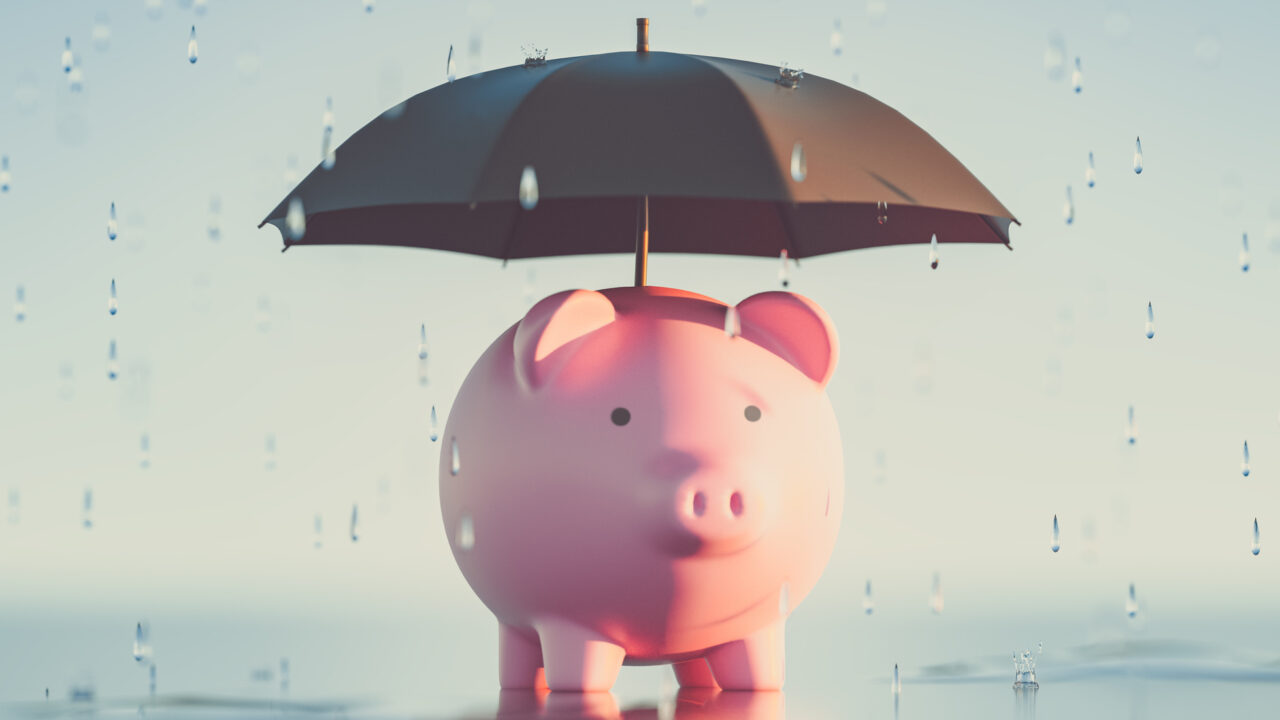Deficit Watch

Deficit Watch: June 2025
Lawmakers must protect the Rainy Day Fund.
Background
Pennsylvania faces serious fiscal challenges. The enacted 2024–25 General Fund budget created a $3.6 billion structural deficit. Gov. Josh Shapiro’s 2025–26 budget proposal, by his own numbers, would increase the deficit to $4.9 billion.
Revenue Estimates and Collections
- In May 2025, Pennsylvania collected $3.23 billion in revenue, $66.3 million below the official revenue estimate. With May’s collections, revenue collections now exceed the official revenue estimate for fiscal year (FY) 2024–25. In total, FY-to-date collections are $262.5 million above estimated revenues. However, the state is still spending over $3 billion more than it takes in.
- Shapiro’s 2025–26 budget proposal drastically overestimates the impact of his revenue proposals. A March briefing by the Pennsylvania Independent Fiscal Office (IFO) calculates Shapiro’s revenue estimates for his marijuana, skill games, and combined reporting proposals exceed IFO estimates by $4 billion over the next three fiscal years. If Shapiro’s new revenue sources are not approved and spending is not restrained, the budget deficit will be even larger than previously expected.
The Rainy Day Fund
- The Budget Stabilization Reserve Fund, commonly referred to as the Rainy Day Fund, is Pennsylvania’s largest budgetary reserve fund. Currently, the state holds enough in its Rainy Day Fund reserves to cover 53.6 days of state spending, which exceeds the national median of 46 days.
- Pennsylvania 1929 Act 176, Article 17-A, the law establishing the Rainy Day Fund, sets strict parameters for when the legislature may draw from this fund. The law dictates:
- “Money from the Budget Stabilization Reserve Fund be appropriated only when emergencies involving the health, safety or welfare of the residents of this Commonwealth or downturns in the economy resulting in significant unanticipated revenue shortfalls cannot be dealt with through the normal budget process.”
- “Money from the Budget Stabilization Reserve Fund shall not be used to begin new programs but to provide for the continuation of vital public programs in danger of being eliminated or severely reduced due to financial problems resulting from the economy.”
- Moreover, draws from Pennsylvania’s Rainy Day Fund require the “approval of a separate appropriation bill by a vote of two-thirds of the members elected to Senate and House of Representatives.”
Solutions: Protect the Rainy Day Fund
- Maintaining an adequate balance in the Rainy Day Fund is essential to the state’s fiscal health. These reserves have tangible benefits for the state’s finances:
- Over the past three years, the “big three” credit rating agencies (Moody’s Ratings, Fitch Ratings, and S&P Global) have all upgraded Pennsylvania’s credit rating as a result of increased Rainy Day Fund reserves. These credit rate boosts have saved Pennsylvania taxpayers millions of dollars.
- Shapiro’s budget proposal estimates a $4.8 billion budget deficit, completely draining Pennsylvania’s General Fund reserves. To avoid an immediate tax hike and fund his irresponsible spending binge, the governor proposes transferring $1.6 billion from the Rainy Day Fund.
- According to an IFO forecast, Shapiro’s spending plan would empty the Rainy Day fund during FY 2026–27.
- Pennsylvania last drained its Rainy Day Fund balance in 2009 during the Great Recession. It took over a decade for the Keystone State to rebuild the balance.
- If Pennsylvania depletes the Rainy Day Fund to cover new programs and overspending, it will leave taxpayers vulnerable to tax hikes during future times of emergency or economic downturn. Additionally, it will lead to credit rating downgrades, negatively impacting the state’s finances.
Rather than drawing on one-time emergency funds to cover Shapiro’s deficit, lawmakers should address the root cause of the deficit––rapid expenditure growth. Restraining spending and controlling the growth of human service programs is the best way to balance the budget, protect taxpayers, and avoid future tax increases.